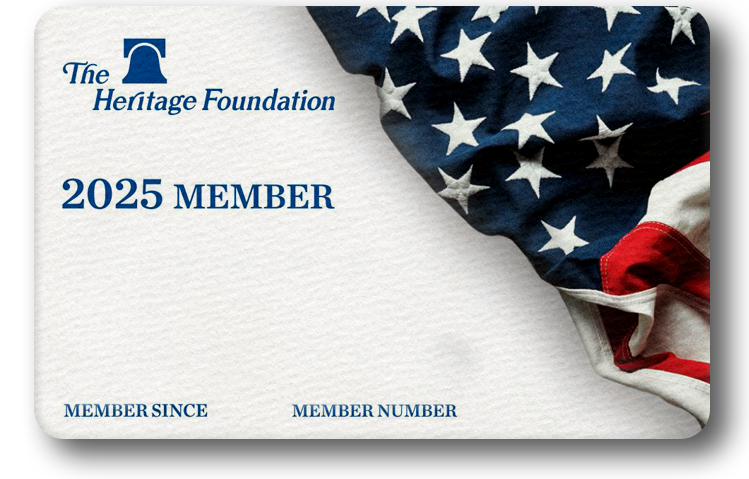My father taught in a Christian high school when I grew up in western Michigan. My parents paid Christian school tuition while their property taxes helped support a public school system we never used. I remember talk back then of how the government school teacher’s union strongly opposed something called “vouchers.” They still do, but have failed to stop the school choice movement.
Today, the term school choice refers to different kinds of government programs aimed at making alternatives to government schools more affordable. The most common, and visible, programs provide grants or tax benefits to parents to at least partially offset the cost of private schools. A poll by Real Clear Opinion Research in June 2022 found overwhelming support for this kind of school choice program, including nearly 70 percent of Democrats, two-thirds of independents, and at least two-thirds of white, black, Asian, or Hispanic Americans.
This was no outlier. A month later, the Morning Consult research and polling firm released a comprehensive report, finding at least 60 percent support across 15 demographic groups based on race, sex, political party, geography, and age.
Such broad and deep support has prompted legislatures in more than 30 states to enact some form of school choice. Unable to stop this movement in the legislative branch, school choice opponents have turned to the courts to argue that the only alternative parents should be allowed is a secular private school. Including religious schools in the mix, they claim, would violate the federal or state constitution.
>>> Biden Education Department’s Flawed Religious Liberty “Guidance” Flouts Court Precedent
The Left wants kids in government schools, where the state has the most control over what they learn, believe, and think—including about who and what they are. Who hasn’t seen clips of government school teachers and union officials saying that parents should not have a say in such things? And if parents do have any say, their options should be limited, lest the kiddos stray too far from the state’s watchful eye. So it’s no wonder that including religious schools in school choice plans, which makes attending those schools a viable option for at least some parents, is something the Left simply cannot abide.
The First Amendment to the U.S. Constitution provides that “Congress shall make no law respecting an establishment of religion, or prohibiting the free exercise thereof.” The Supreme Court first addressed whether including religious schools in a choice program violates the Establishment Clause in Zelman v. Simmons-Harris.
The Cleveland public schools had been a disaster, failing to meet any of Ohio’s 18 standards for minimum acceptable performance. The legislature created a program to help kids in such failed school districts escape such an educational wasteland by giving parents a grant that they could use to help pay private school tuition. Many would think it a good thing that at least some children might escape a system in which two-thirds of high school students drop out or fail before graduation. But, you see, more than 80 percent of the private schools at which parents could use the tuition aid were religious—and for the Left, that’s worse than a school system in which only one in 10 ninth graders could pass a basic proficiency exam.
In Zelman, the Supreme Court distinguished between “government programs that provide aid directly to religious schools…and programs of true private choice.” Parental choice, the Court said, breaks “the circuit between government and religion.” While that settled the issue regarding the U.S. Constitution, state constitutions were another matter.
Today, 33 state constitutions contain a provision explicitly prohibiting government aid to religious schools. The Florida Constitution, for example, states: “No revenue of the state or any political subdivision or agency thereof shall ever be taken from the public treasury directly or indirectly in aid of any…sectarian institution.”
>>> Maine’s “Massive Resistance” to Religious Freedom Continues
These no-aid provisions have a disreputable past. From America’s founding into the 19th century, so-called “common” schools were hardly secular, often requiring pupils to pray, sing hymns, and read from the King James Bible. Catholics, who were a growing segment of the population, saw public schools as Protestant schools and, especially as states began passing compulsory education laws, sought government aid so they could maintain their own schools. Religious tolerance, however, did not extend to Catholics, and Protestants responded with these constitutional no-aid provisions.
Having said firmly that including religious schools in choice programs does not violate the Establishment Clause, the Supreme Court is now holding that excluding religious schools from those programs violates the Free Exercise Clause. In cases from Missouri, Montana, and Maine involving those states’ no-aid constitutional provisions, the Court has held that excluding schools from government benefit programs solely because of their religious status violates the First Amendment.
In Michigan where I grew up, the state constitution prevents the legislature from helping low-income parents in failing school districts, or parents concerned about government schools indoctrinating their kids, to have any options. Parents, not the state, have the primary responsibility to make decisions about their children’s education. The U.S. Constitution allows government to broaden parents’ options, but does not allow anti-religious prejudice to shut them down.
This piece originally appeared in Christian Renewal




